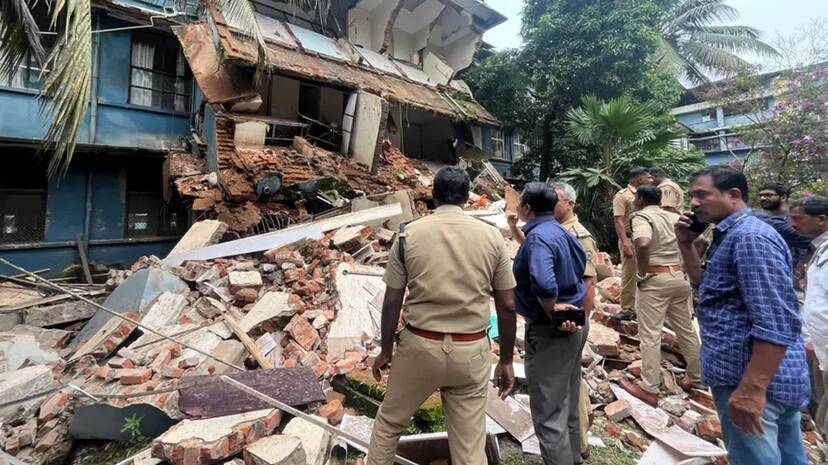

We can no longer blame "lack of data" for lapses. For anything to be done efficiently and with discipline, the first requirement is having accurate and up-to-date data. Without it, any effort becomes aimless—wasting both time and money—and in the end, the outcome will be nothing short of chaos. Only recently did the government receive an approximate estimate of the number of dilapidated buildings in state-run hospitals. It took a tragic incident—the death of a housewife caused by a building collapse at the Kottayam Medical College Hospital—for even a preliminary assessment to be carried out. The Directorate of Health Services, which oversees primary health centres to district and general hospitals, conducted the survey. Even based on that alone, 225 buildings across 134 government hospitals were found to be in a critically unsafe condition.
However, this figure does not include buildings under medical colleges and affiliated institutions. The Directorate of Medical Education now has the responsibility to collect and report that data. But collecting the data alone isn’t enough—what’s urgently needed is swift follow-up action. The building involved in the accident at Kottayam Medical College was 68 years old. And there are even older hospital buildings still in use. While some old buildings may remain structurally sound, not all are safe. No one is suggesting that every old building should be torn down. What’s needed first is a proper classification of these buildings based on structural integrity and usability, which requires expert inspection and detailed evaluation.
Buildings should be categorised as those that must be fully demolished, those that can be safely used with urgent repairs, those requiring partial reinforcement, and those that can be used for a while longer after minor fixes. For buildings that need to be demolished, a detailed plan must be made, including timelines, methods of clearing debris, future use of the land, and, if new structures are to be built, what departments they will serve and how many floors they should have. After the plan is drawn up, several hurdles remain—from financial approval to contractor arrangements. Unfortunately, for many officials, these hurdles serve as reasons to stall the process and keep files buried. Given the public outrage over the Kottayam tragedy, not even a single delay should be tolerated when it comes to ensuring the safety of hospital buildings.
It is especially shameful that Ernakulam district—home to Kochi, often proudly called a metro city—tops the list with the highest number of dangerously weak hospital buildings. Let's not forget that the condition of buildings under the Directorate of Medical Education is still unaccounted for. This data must be urgently gathered, followed by concrete action plans, budget allocation, and timely completion of the necessary works. Until now, the lack of data was the main excuse for inaction. But now that the numbers are in hand, there are no more excuses. What’s needed is not a "slow and steady" approach, but the political will and administrative urgency to act swiftly and decisively—like a lightning strike, not a trickle.